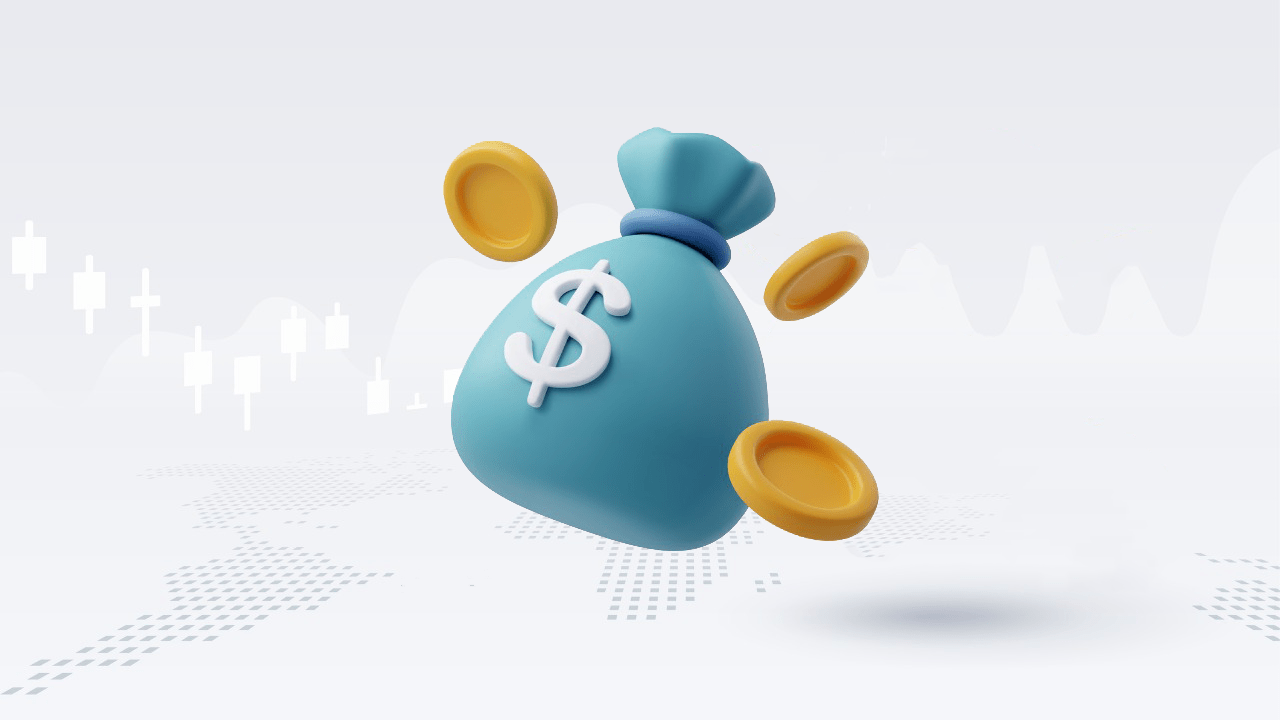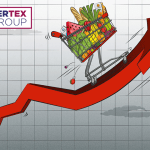Are you a trader or investor Trading and investing are two terms that govern financial markets The trader and the investor both seek to make money and achieve profits regardless of the tools used to achieve this goal The trader seeks to achieve profits within a short period of time and develops his trading plan …

Are you a trader or investor
Trading and investing are two terms that govern financial markets
The trader and the investor both seek to make money and achieve profits regardless of the tools used to achieve this goal
The trader seeks to achieve profits within a short period of time and develops his trading plan to take advantage of the movement of price fluctuations that the markets witness continuously in the short term.
In return, the investor buys the financial instrument and keeps it to achieve greater profits and returns over the long term
In this article, we will explain what investment is, what trading is, and the difference between them:
What is trading
Trading is a method that relies on buying and selling financial assets with the aim of making a profit within a short period of time, which ranges between a few minutes and several weeks. This method aims to benefit from short-term price fluctuations
Like any other fast-paced process, the trading process requires strong and effective monitoring of the market to identify buying and selling opportunities and exploit good deals. Traders analyze price movements to anticipate their future direction, and in doing so they rely heavily on technical analysis, which includes studying price patterns, volume data, and market indicators to predict future price movements. Traders may also be interested in corporate news and economic events that could have a near-term impact on prices.
Active management is an essential element in trading as traders closely monitor their positions and often use various strategies to achieve gains whether prices rise or fall. Risk management is also important in trading to limit potential losses.
Trading can achieve significant profits in a short period, but it is important to remember that it also involves high risks due to market fluctuations and speculation that govern it. It also requires a good understanding of how markets work and the presence of tested strategies with sound risk management.
What is investment
Unlike trading, investing is usually done longer and slower
Investing is a long-term strategy that involves purchasing assets (stocks, bonds, real estate, etc.) and holding them for a period of time, usually extending more than one year. The goal of this is to allow the capital to grow over time, and to benefit from the general upward trajectory of the financial markets.
Investors are often patient and disciplined, as they are not affected by short-term fluctuations in the markets with the aim of achieving greater gains in the future. They are also not concerned with daily market movements or temporary economic downturns. Instead, they focus on the big picture and target long-term market opportunities.
In general, investing is considered less risky than trading, mainly due to the diversification strategy and long-term vision
Investment benefits
Investing offers many advantages to people looking to increase their wealth or receive periodic income. Here are 3 reasons why you might consider starting investing:
Inflation hedging: One of the primary benefits of investing is its ability to combat the negative effects of inflation, as inflation erodes the purchasing power of money over time, which means that the same amount of money will buy fewer goods and services in the future. Through investing, individuals can earn returns that exceed inflation. This allows their wealth to grow and maintain the value of their holdings over the long term, whether through stocks, bonds, real estate, or other investment vehicles.
Retirement: Investing plays a pivotal role in retirement planning. By starting to invest early and consistently, individuals can create a source of income that provides them with financial security during their retirement years. Investing in retirement accounts offers tax advantages and the potential for growth over time, which can enhance the growth of retirement savings and ensure a comfortable retirement.
Passive income: Investing can also create passive income streams that can replace other sources of income such as work. Individuals can create a continuous stream of passive income by investing in income-producing assets such as dividend-paying stocks, rental properties, or fixed income instruments. This passive income can provide financial stability
Risks associated with investment
Systematic risk: Also known as non-diversifiable risk, these are risks that affect the market as a whole and cannot be avoided through diversification. Factors such as inflation, recession, or political instability can create systemic risks that affect the entire market.
Unsystematic risk: Also known as specific risk, it is associated with individual assets such as companies. These risks include factors such as management changes, industry challenges, or company-specific events that could affect the performance of its stock. Diversification can help reduce these risks.
Liquidity Risk: Liquidity risk refers to the ease with which assets can be bought or sold without causing significant price fluctuations. It may be difficult to sell assets with low liquidity, such as real estate or some stocks, and these risks can affect an investor’s ability to access funds when needed or to exit investments easily.








